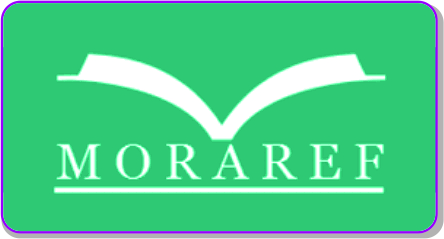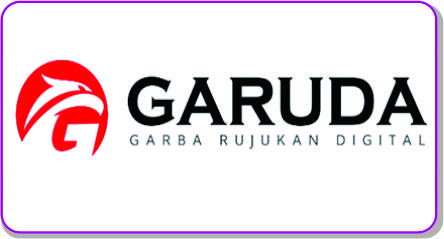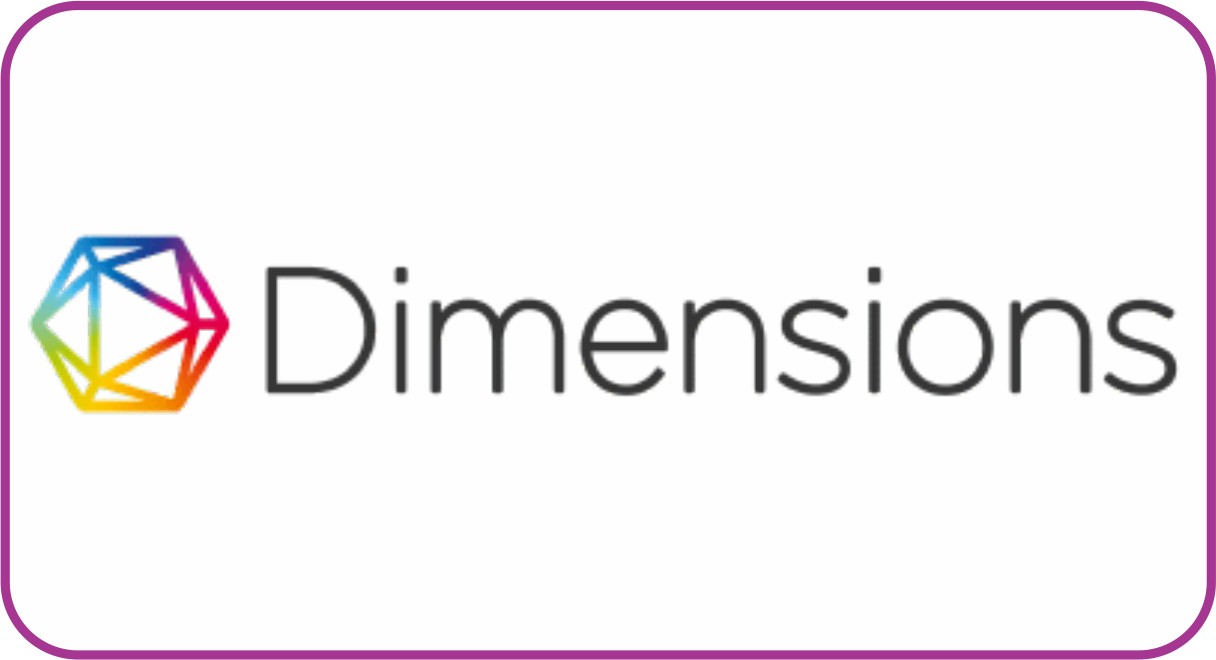Hubungan Kemampuan Pemecahan Masalah dengan Efikasi Diri Siswa SMAN 1 Banuhampu
Authors :
Abstract
Problem solving which is an important component in mathematics contributes to the development of the times. However, this ability is still not fully mastered by students. Therefore, there needs to be further research related to the causes of the low problem solving ability of students. One of them is self-confidence (self-efficacy). The purpose of this study was to describe the problem solving ability and self-efficacy of students and to see the relationship between the two. The method used is descriptive qualitative. The research subjects taken were 34 students of class XI MIPA 1 at SMAN 1 Banuhampu. In this study, there were two instruments used were self-efficacy questionnaires with problem-solving ability tests. The analysis shows that (1) there are still students who cannot work on the questions given by leaving the answers blank (2) Between problem solving and self-efficacy has a very weak or very low correlation where r = 0.0094. (3) Almost all students have good self-efficacy which is at a fairly low to high level.
Pemecahan masalah yang merupakan komponen penting dalam matematika turut andil dalam perkembangan zaman. Namun, kemampuan ini masih belum sepenuhnya dikuasai oleh siswa. Oleh karena itu, perlu ada penelitian lanjutan terkait penyebab rendahnya kemampuan pemecahan masalah siswa. Salah satunya adalah kepercayaan diri (efikasi diri). Tujuan dari penelitian ini adalah untuk mendeskripsikan kemampuan pemecahan masalah dan self efikasi siswa serta melihat hubungan di antara keduanya. Metode yang digunakan adalah deskriptif kualitatif. Subjek penelitian yang diambil adalah 34 siswa kelas XI MIPA 1 di SMAN 1 Banuhampu. Dalam penelitian ini terdapat dua instrumen yang digunakan yaitu angket efikasi diri dan tes kemampuan pemecahan masalah. Analisis menunjukkan bahwa (1) masih ada siswa yang tidak dapat mengerjakan soal yang diberikan dengan mengosongkan jawaban, (2) antara pemecahan masalah dengan self-efficacy memiliki korelasi yang sangat lemah atau sangat rendah dimana . (3) Hampir semua siswa memiliki efikasi diri yang bagus dimana berada pada level cukup rendah hingga tinggi.
Keywords
Full Text:
PDFReferences
H. Ulya, “Sejarah artikel,” J. Konseling Gusjigang PGSD Univ. Muria Kudus, vol. 2, no. 1, pp. 90–96, 2016.
I. K. Sari, “Profil pemecahan masalah matematis siswa usia 14-15 tahun di Banda Aceh,” Numeracy, vol. III, no. July, pp. 1–23, 2016.
P. Firmanti, T. Rahmat, F. Yuberta, and H. Fitri, “Build Character of Hard Work through Problem Solving Strategies (Intelligent Guessing and Testing in Mathematics),” J. Phys. Conf. Ser., vol. 1471, no. 1, 2020, doi: 10.1088/1742-6596/1471/1/012031.
R. Oktaviyanthi and R. N. Agus, “Eksplorasi Kemampuan Pemecahan Masalah Berdasarkan Kategori Proses Literasi Matematis,” J. Pendidik. Mat., vol. 13, no. 2, pp. 163–184, 2019, doi: 10.22342/jpm.13.2.7066.163-184.
M. Ilmiyana, “Analisis Kemampuan Pemecahan Masalah dari Tipe Kepribadian Dimensi MBTI,” Gammath, pp. 130–143, 2018.
E. Surya, F. A. Putri, and Mukhtar, “Improving mathematical problem-solving ability and self-confidence of high school students through contextual learning model,” J. Math. Educ., vol. 8, no. 1, pp. 85–94, 2017, doi: 10.22342/jme.8.1.3324.85-94.
L. T. Medyasari, Z. Zaenuri, and N. R. Dewi, “Kemampuan Pemecahan Masalah Matematis Siswa SMA Negeri 5 Semarang,” Prism. Pros. Semin. Nas. Mat., vol. 3, pp. 464–470, 2020.
A. Bandura, W. H. Freeman, and R. Lightsey, “Self-Efficacy: The Exercise of Control,” Journal of Cognitive Psychotherapy, vol. 13, no. 2. pp. 158–166, 1999, doi: 10.1891/0889-8391.13.2.158.
A. Ardiansyah, “Penguasaan Konsep Matematika Ditinjau dari Efikasi Diri dan Kemandirian Belajar,” Alfarisi, vol. 1, no. 1, pp. 1–8, 2018.
F. Pajares and J. Kranzler, “Self-efficacy beliefs and general mental ability in mathematical problem-solving,” Contemp. Educ. Psychol., vol. 20, no. 4, pp. 426–443, 1995, doi: 10.1006/ceps.1995.1029.
Y. Sukma and N. Priatna, “Pengaruh Self-Efficacy terhadap Kemampuan Berpikir Kritis Siswa Pada Mata Pelajaran Matematika,” J. Ilm. Soulmath J. Edukasi Pendidik. Mat., vol. 9, no. 1, pp. 75–88, 2021, doi: 10.25139/smj.v9i1.3461.
R. W. Utami and D. U. Wutsqa, “Analisis kemampuan pemecahan masalah matematika dan self-efficacy siswa SMP negeri di Kabupaten Ciamis,” J. Ris. Pendidik. Mat., vol. 4, no. 2, p. 166, 2017, doi: 10.21831/jrpm.v4i2.14897.
A.- Rosydiana, “Analisis Kemampuan Siswa Dalam Menyelesaikan Soal Cerita Berdasarkan Langkah Pemecahan Masalah Polya,” Math. Educ. J., vol. 1, no. 1, p. 54, 2017, doi: 10.22219/mej.v1i1.4550.
A. Imaroh, U. Umah, and T. M. Asriningsih, “Analisis kemampuan pemecahan masalah matematika ditinjau dari self-efficacy siswa pada materi sistem persamaan linear tiga variabel,” Inov. J. Pembelajaran Mat., vol. 4, no. 4, pp. 843–856, 2021, doi: 10.22460/jpmi.v4i4.843-856.
Yoni Sunaryo, “Pengukuran Self-Efficacy Siswa dalam Pembelajaran Matematika di MTsN 2 Ciamis,” J. Teor. dan Ris. Mat., vol. 1, no. 2, pp. 39–44, 2017.
P. D. A. Sudijono, Pengantar statistik pendidikan, 1st ed. Jakarta: PT Raja Grafindo Persada, 2005.
DOI: http://dx.doi.org/10.30983/lattice.v1i2.5087
Refbacks
- There are currently no refbacks.
Copyright (c) 2021 Pipit Firmanti, Doni Ardia Putra, Sri Cantika Padang

This work is licensed under a Creative Commons Attribution-ShareAlike 4.0 International License.




Lattice Journal : Journal of Mathematics Education and Applied
Licensed Under a Creative Commons Attribution-ShareAlike 4.0 International License

